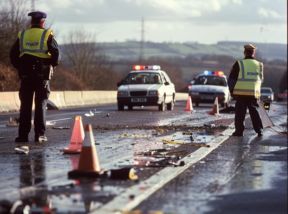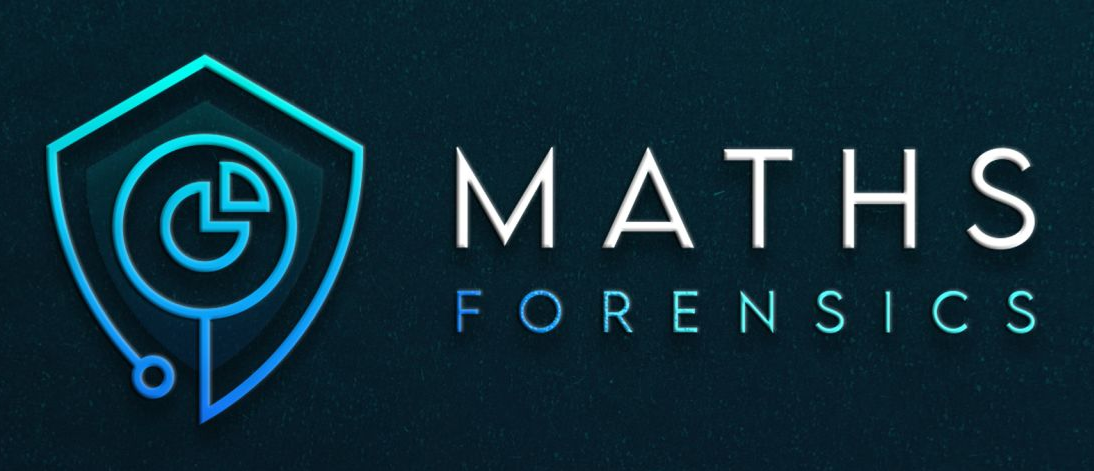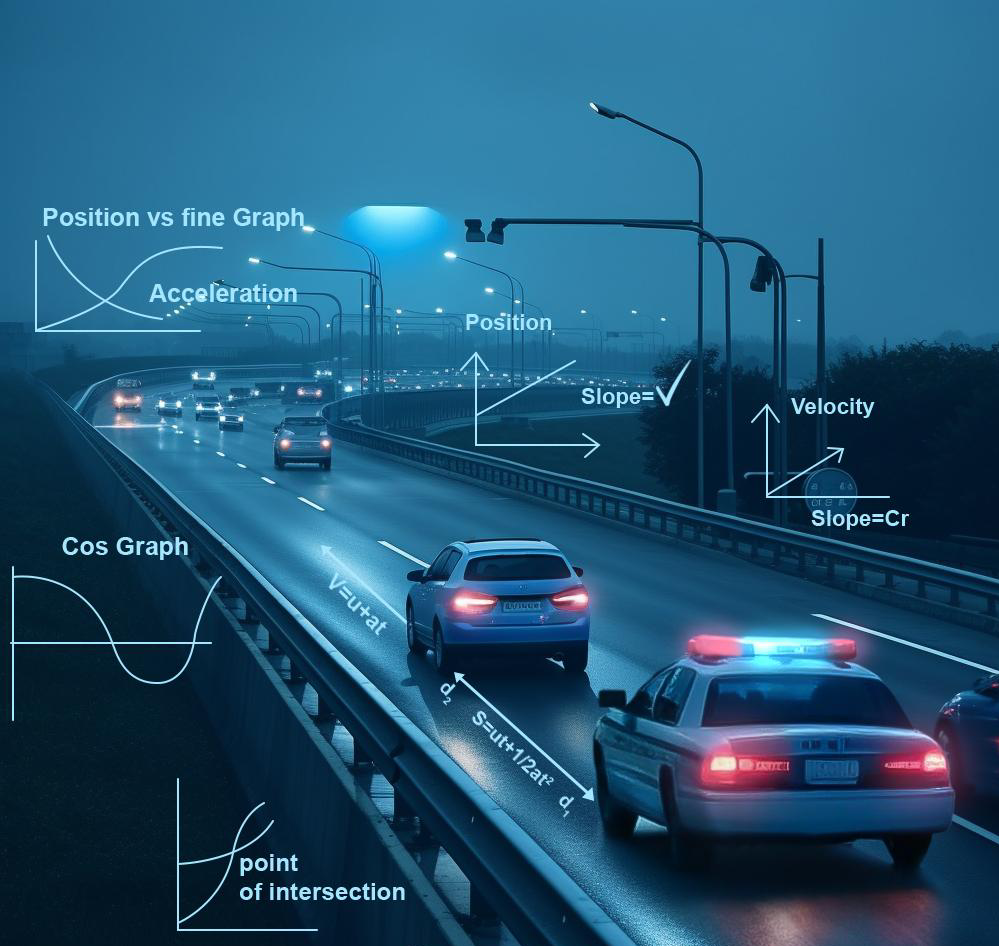Our Courses

Diverse and inclusive learning experience
Maths Forensics introduces learners them to mathematical concepts from around the world through the engaging lens of crime-solving

Engage, Learn
Solve
Challenges learners and sharpens their problem-solving skills in an immersive learning experience that is as fun as it is educational.

Real-World Application
Equips students with analytical skills that pave the way for success in academic and career pathways worldwide.

Global
Curriculum
Maths content that resonates with High School / Secondary educational standards across the world.


Experience Mathematics Like Never Before
Join Maths Forensics and Solve Mathematical Mysteries!
Get Ready to Crack the Code of
Math Fun with Maths Forensics

Our genuine investigations offer more than education
Empower Your Mathematical Journey
By engaging with real-world puzzles, theoretical knowledge becomes a tangible skill set. Discover the significance of mathematics beyond the books and ready yourself for future endeavours with assurance and insight.
About Maths Forensic
Passionate Innovation
Expert Team
Personalized Learning
Real-World Application
Join the Investigation with Thousands of
Thriving Maths Detectives
Our Students ENJOY Maths Forensics
Why should I take this course?
Frequently asked questions
What age group is Maths Forensics suitable for?
Do I need to be good at maths to participate in Maths Forensics?
How does Maths Forensics differ from traditional maths courses?
Are there any prerequisites for joining Maths Forensics?
Can I access Maths Forensics on any device?
How can I get started with Maths Forensics?
Contact Us

Boost Confidence with MathS
Experience Interactive Learning
Join the Math Sleuth Community

APPLY Mathematics with Maths Forensics
At Maths Forensics, designed for the curious minds of 13 to 17-year-old, we transform the global maths curriculum into an enthralling adventure of real-world detective work.
Here, we stand by the truth that "numbers don't lie.



